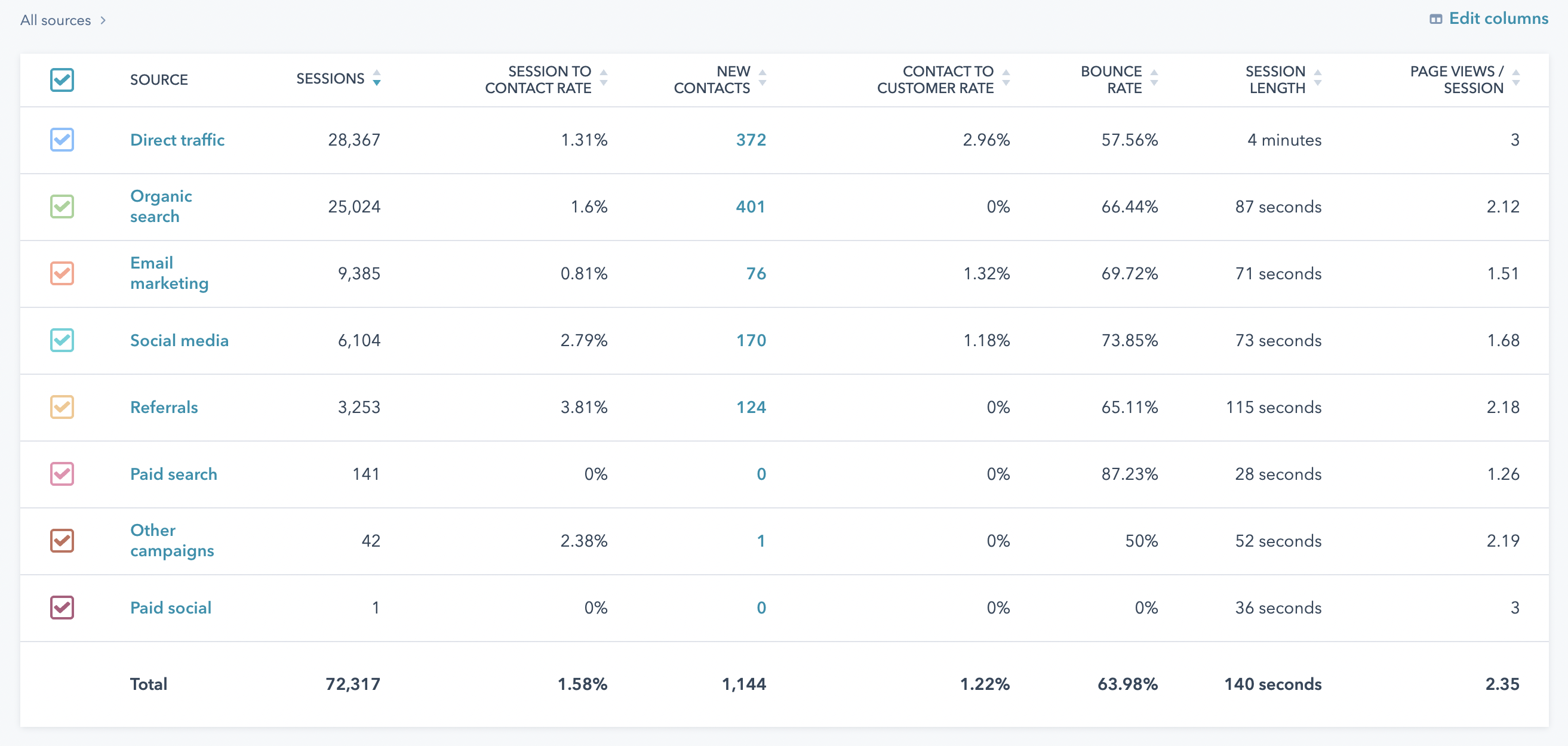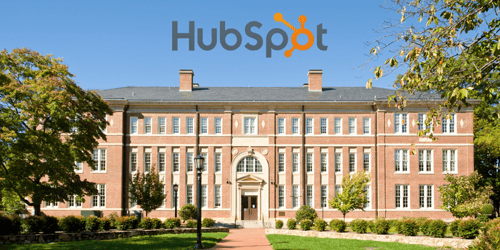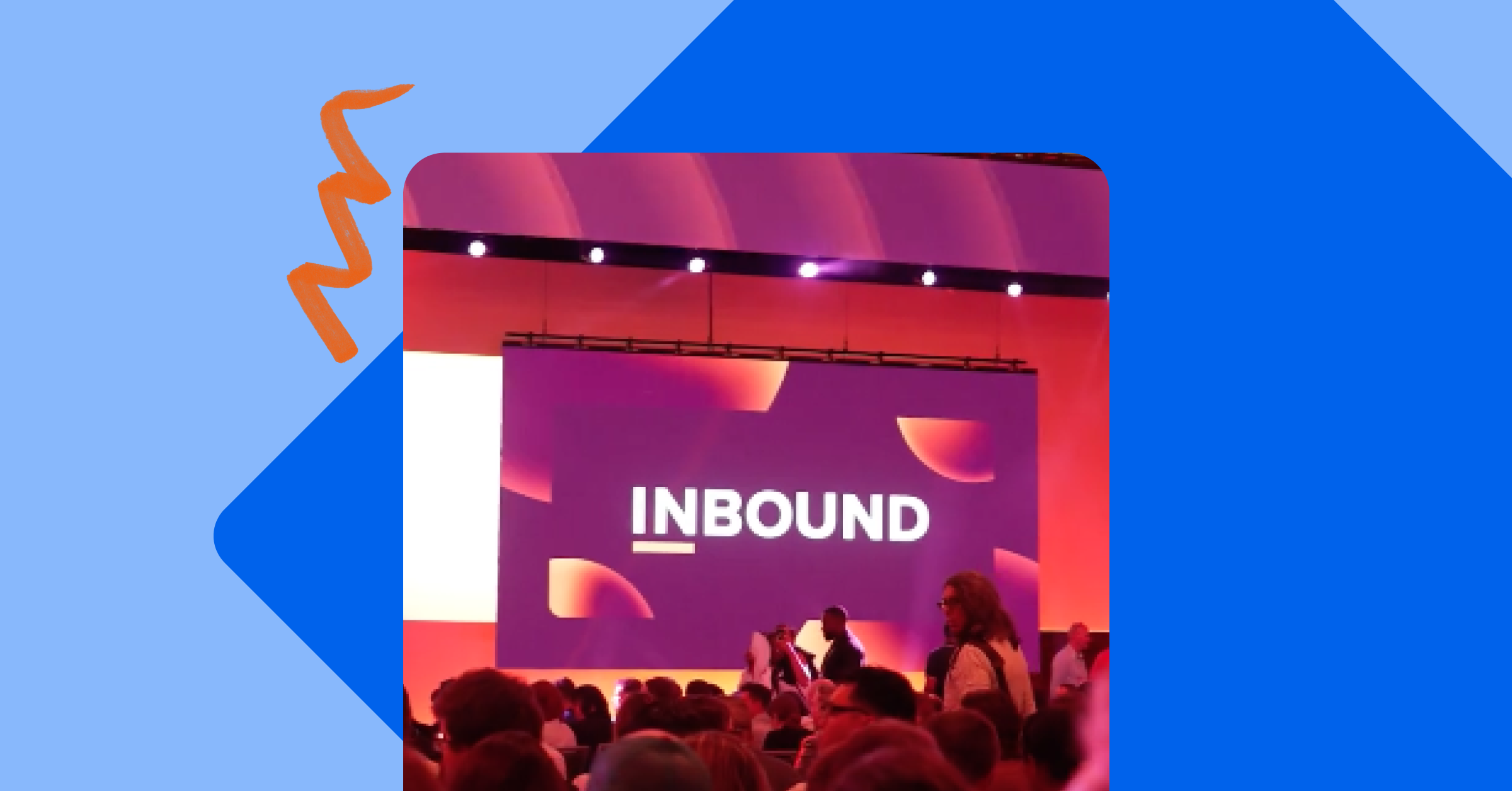How to Choose the Best CRM for Higher Education

September 27, 2023

For most higher ed institutions, managing student interactions and marketing communications can be challenging and time-consuming, especially if it’s done manually.
This is where Customer Relationship Management (CRM) systems come in to help manage student information, automate marketing workflows, and improve enrollment management.
Many schools already have a CRM in place, but they’re not using it in a way that’s improving processes and creating positive student experiences. Sometimes this is because of software limitations and sometimes it’s because a knowledge gap on the team.
Let’s take a closer look at the most important factors to consider when choosing a CRM for higher education and how you can find one that fits your needs.
Why Use a CRM in Higher Education?
A CRM gives universities and colleges a single, unified source of truth when it comes to their prospects, current students, and alumni. Having contact information, communication, and user activity all in one platform helps schools gather valuable insights and streamline their recruitment and enrollment processes. It can also help to:
- Automate communications with prospects and students throughout the admissions funnel
- Consolidate data from different sources to obtain a single view of the student
- Generate reports to track and measure the effectiveness of recruitment and marketing strategies
- Improve engagement and personalization with prospects, students and other stakeholders
Here are our top five factors to consider when choosing a CRM for higher ed.
Integration and Compatibility
Many times, software companies promote their tools as an all-in-one solution with a single log-in that has everything you need. It might sound great, but when we think about everyday use, it’s actually much more valuable when CRM software integrates with the existing tools your team is already using.
When choosing a CRM for higher education, compatibility with other systems used within the institution is critical. The CRM should integrate with your institution’s Learning Management System (LMS), Student Information System (SIS), and other systems to provide seamless connectivity and data exchange.
💡Tech Team Tip: Read more about tech stacks before you get started auditing your own. You should be able to verify your tech stack compatibility on the CRM’s website.
Features and Functionality
Your CRM should offer features and functionality that are tailored specifically for higher education. Some of the essential features to consider include:
- Recruitment and enrollment management features such as online applications, workflows, and communications
- Marketing automation features such as email campaigns, social media marketing, and website management
- Communication and engagement tools such as chatbots, webinars, and events management
- Reporting and analytics functionality that allows you to generate data-driven insights and make informed decisions

Ease of Use
An intuitive and user-friendly interface is key when selecting a CRM for your institution. Many higher education institutions have diverse departments and stakeholders, with varying levels of technical expertise. Your CRM should be easy to use, customizable, and align with your institution's specific needs.
As you consider switching CRMs, bring in stakeholders with varied experience levels in information management to help evaluate the compatibility for your institution. Think about who will use it daily and in what ways a new system could save their limited amount of time. Consider the functionality for all users, including everyone from student ambassadors to your CRM manager.
There’s almost always a curve when it comes to user adoption, but if you’re able to identify some champions on your team, they can serve as evangelists for those who might be slower to get on board.
Data Security and Privacy
Protecting student data is a top priority for any higher education institution. Your CRM should comply with data protection regulations and have robust security measures in place. With reports of data breaches on the rise, having secure encryption and regular backups is essential. The last thing your institution needs to handle is a data breach!
Questions to ask a CRM provider about data security:
- How do you secure and protect sensitive student data within your CRM?
- Do you comply with data protection regulations such as GDPR or CCPA?
- What security measures do you have in place to prevent unauthorized access to data?
- Are data transmissions encrypted? What encryption protocols do you use?
- How do you back up data and ensure disaster recovery in case of system failures?
- How frequently do you apply security updates and patches to the CRM system?
Pricing and Support
When choosing a CRM, understand your total cost of using it. Price considerations should include licensing fees, implementation costs, training and support. Your CRM's customer support should be readily available, and provide periodic updates and resources to incorporate new features and functionality.
Our vote for the best CRM for Higher Education: HubSpot

Your CRM system is a crucial tool in enrollment management for colleges and universities. A good CRM should be intuitive, secure, and provide tailor-made features for higher education stakeholders. Selecting the right CRM can help streamline admissions, improve engagement with prospects and students, and maximize overall ROI.
Surprise: HubSpot Gets Our Top Spot
Read: HubSpot for Higher Education
What makes us so confident?
- HubSpot provides an education-specific approach that effectively manages the interactions between the institution and prospective and current students. It also supports managing communications with alumni, employees, donors and other members of the education sector. This comprehensive approach allows institutions to have a centralized system for managing their relationships and communication efforts.
- HubSpot helps institutions adapt to the changing landscape of marketing in the education industry. With prospective students and their parents relying heavily on the web for research, traditional marketing efforts like direct mail, radio, TV and print ads are becoming extremely ineffective. HubSpot's inbound marketing approach enables education institutions to attract and convert potential students more effectively.
💡Tech Team Tip: Not only does it help attract and convert students, but HubSpot can help you track the payoff of your efforts directly—we call it full-funnel attribution. This means advanced reporting = stakeholder buy-in = nurturing trust for your team (and your boss).
- HubSpot's CRM provides integration with other marketing automation platforms and content management systems (CMS), such as Slate, to create a robust prospective student funnel. By leveraging both platforms, higher education institutions can accomplish various marketing and student recruitment tasks efficiently
HubSpot for Higher Ed: Where to Start
HubSpot is the top marketing platform for higher education institutions — not only for its robust suite of tools, but also its ability to simplify the higher ed tech stacks, answer critical attribution and marketing performance questions, and uncover the real prospective student journey. For more on how to use HubSpot at your institution and to see a demo of HubSpot, request more information.
Want to learn more about using HubSpot for higher ed? Access this slide deck for more details on:
- The problems that HubSpot solves for higher ed
- How HubSpot tools are designed for colleges and universities
- Which schools are already on HubSpot and which hubs they use
- The results and ROI for schools using HubSpot
.jpg) EBOOK
EBOOK
See how schools are using HubSpot for their enrollment marketing
Service Categories: Enrollment Marketing, How to Use HubSpot, Education Software and Technology, HubSpot Onboarding & Support








.png)